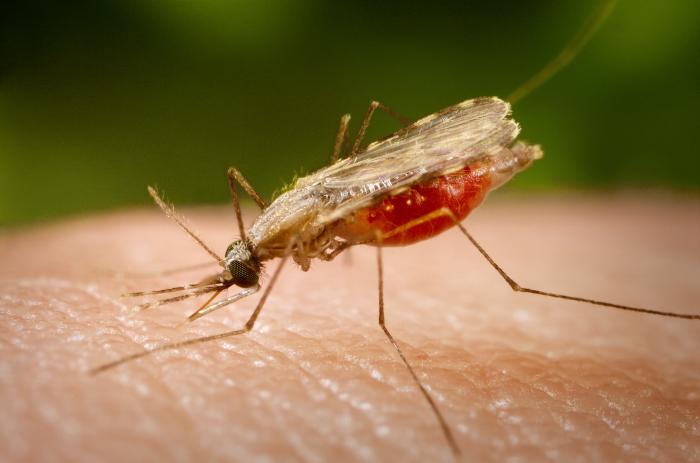
In September 2018, Gaurab Basu received an email alerting him that one of his patients, a man in his late 60s, had just been hospitalized with unexplained fever and confusion. Basu, an HMS instructor in medicine, primary care physician, and co-director of the Center for Health Equity Education and Advocacy at Cambridge Health Alliance, suspected that his patient might have an infection, but the cause was unclear. “It took some real detective work to figure out what it was,” Basu says. A lumbar puncture finally pinpointed the source of his patient’s malaise: West Nile virus, a mosquito-borne pathogen more common to the tropics than New England in early autumn. Basu had never encountered the virus in any of his patients and says the diagnosis “came as a real surprise.”
All over the world, doctors like Basu are contending with the consequences of significant changes in the distribution and prevalence of vector-borne infectious diseases. West Nile fever surfaced in the United States in 1999 and has since become the country’s most common mosquito-borne illness, affecting thousands of people every year. The disease is also spreading into Europe, along with other mosquito-borne diseases such as dengue and chikungunya, while in Africa malaria is moving into higher elevations.
Read more...







